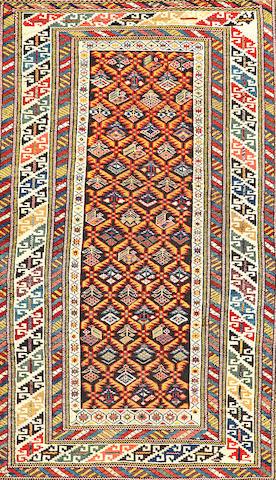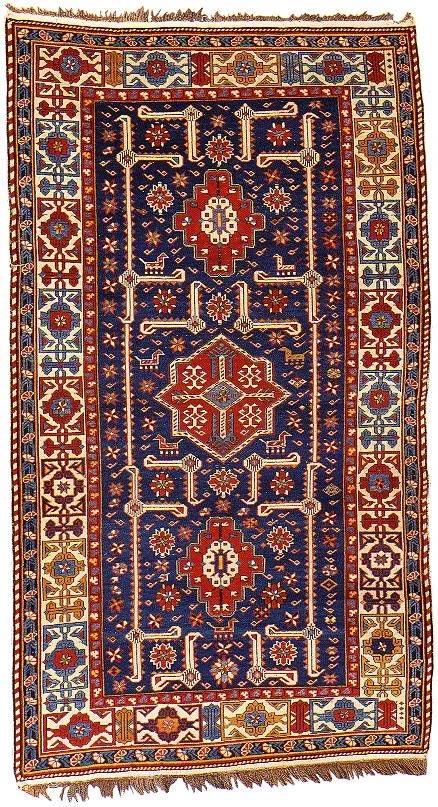Shamakhi Rugs
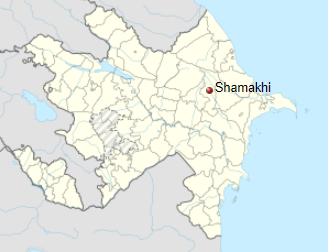
Shamakhi (Shemakha, Şamaxı) is an ancient city in Caucus. The capital-city of medieval state of Shervan (Shirvan). Until its destruction in 1717 by Dagestanian invaders, Shamakhi was considered the major city of the region. Under Tsarist Russian rule it became the capital of Shemakha Governorate. After an earthquake in 1859, the capital moved to Badkuba (Baku, Baki) and the Governorate was renamed. It is now the capital of the Shamakhi Rayon, the Azerbaijan Republic.
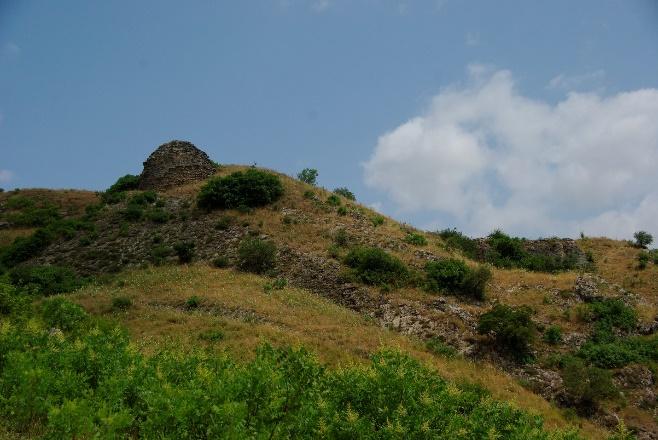
The capital of the Shervan-Shahan Dynasty, Shamakhi was mentioned centuries before their rule as Kamachia by Ptolemy. Shervan-Shahs were Persianized Arabs who ruled independently (or as a vassal of empires) in the eastern Caucasian region of Shirvan from mid-ʿAbbasid times until the age of the Safavids (from 800 up to 1607). The title itself probably dates back to pre-Islamic times, when Ardashir Papakan, founder of the Sasanid Dynasty, bestowed it to a Caucasian vassal.
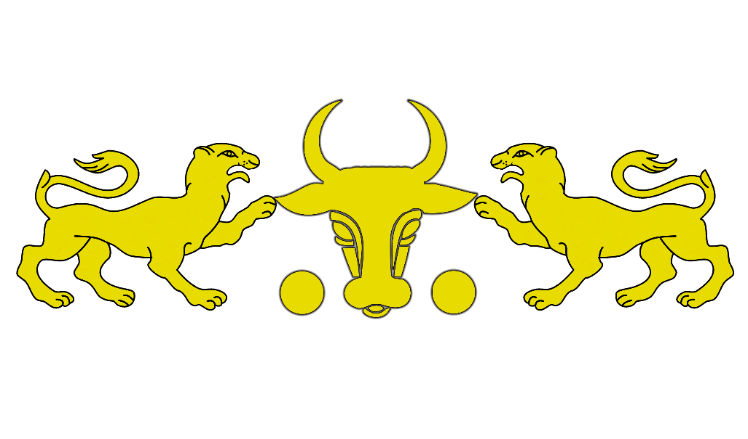
The Shirvanshahan Dynasty is one of the longest existing dynasties in the Islamic world. They are known for their art patronage. Great Persian poet, Khaqani, served as an ode-writer to the Shirvanshahs. He was born here and he immortalized the ancient Shamakhi fortress in some of his verses:
O Khaqani!
You are like Joseph in the lovers’ hearts, so
your words to them are just like a noble feast to hungry souls
now that the Destiny keeps you imprisoned within Shamakhi’s walls
Shamakhi could be renamed “the Egypt of Persia”
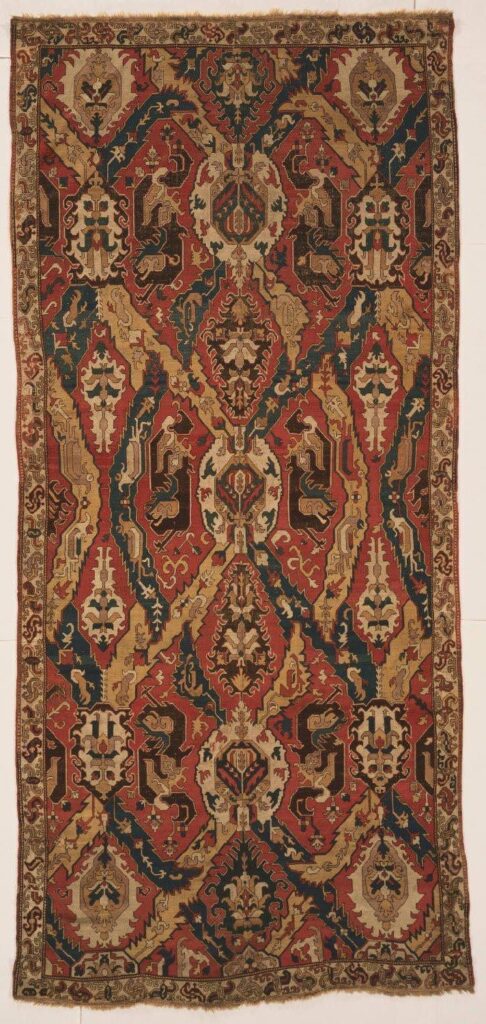
Technical aspects and the structure of Shamakhi Rugs
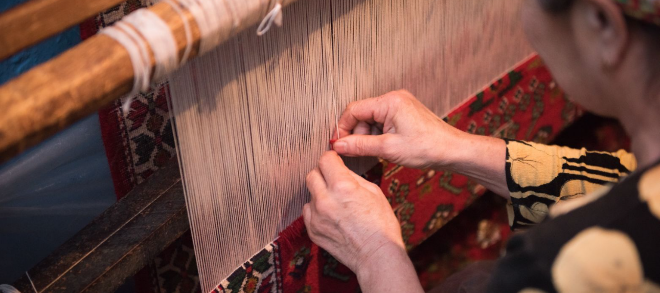
Shamakhi rugs have symmetrical (Turkish) knots. Warps and Piles are woolen. Wefts may be either cotton or wool. Rugs and runners are common.

Resembling to tapestries, Shirvan flat-weaves have lots of uses like hanging from a wall or packing. In fact, a type of flat-weave is called after Shamakhi ‘Soumak’ (also spelled Soumakh, Sumak, Sumac, or Soumac). It is probably a local pronunciation of ‘Shamakh’. Soumak is a tapestry technique of weaving sturdy, decorative fabrics used for rugs, domestic bags and bedding, with soumak fabrics used for bedding known as soumak mafrash.
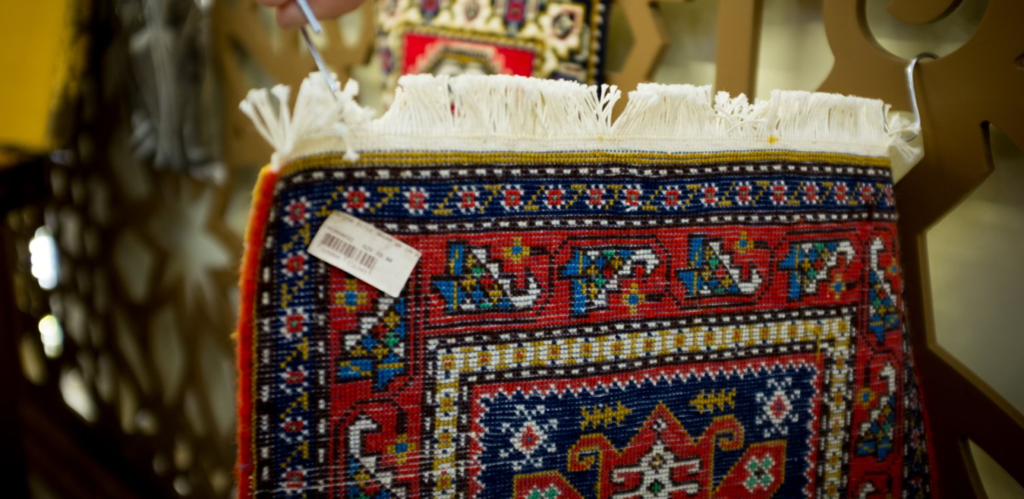
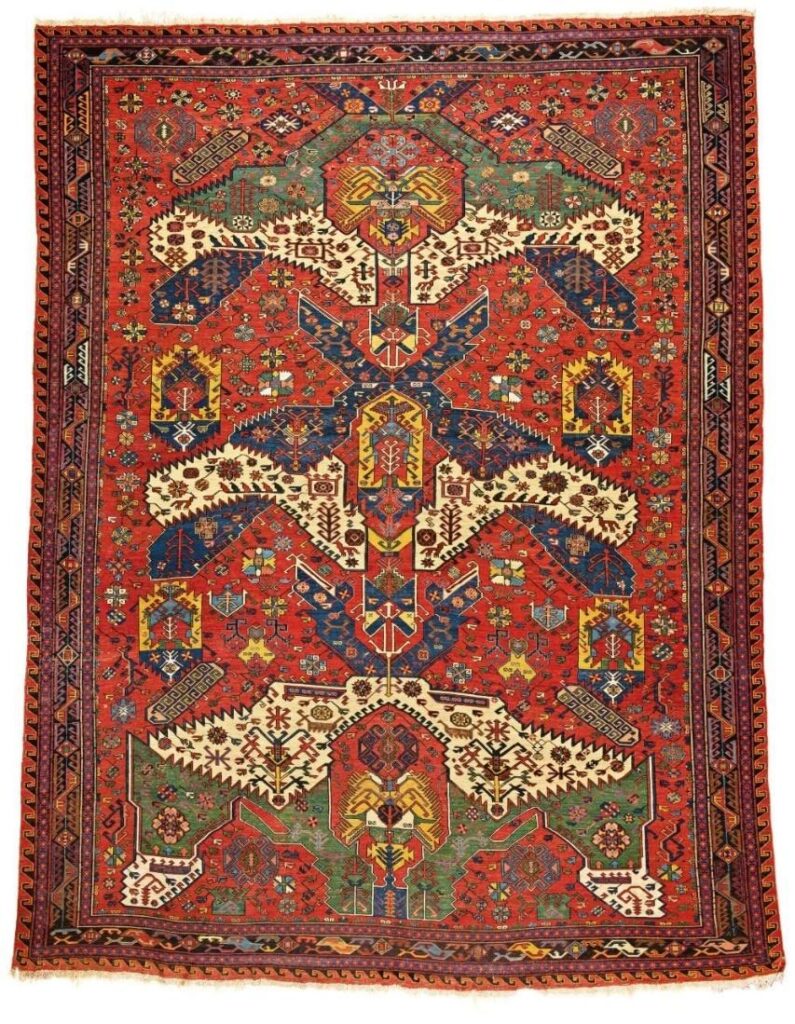
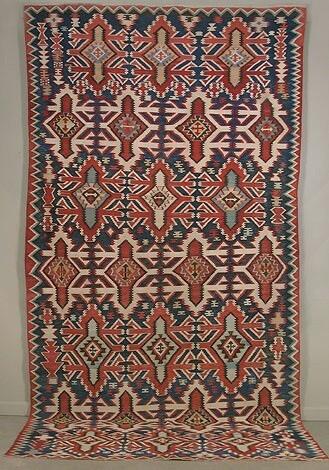
Dyeing and painting of Shamakhi rugs
Ivory, dark indigo and madder red serve mostly as dominant colors. The ivory is normally undyed wool. Undyed black wool too may be used, replacing midnight blue in the fields. Yellow, camel, azure, and olive are some secondary colors as well as madder rosy and pink.

Designs and patterns of the Shamakhi rugs
There are eighteenth-century Shirvan carpets with palmate designs, kept in museums around the world, some of which attributed to Shamakhi.
Both Afshan (scattered) and multi-medallioned composition could be found, both in geometric versions.
